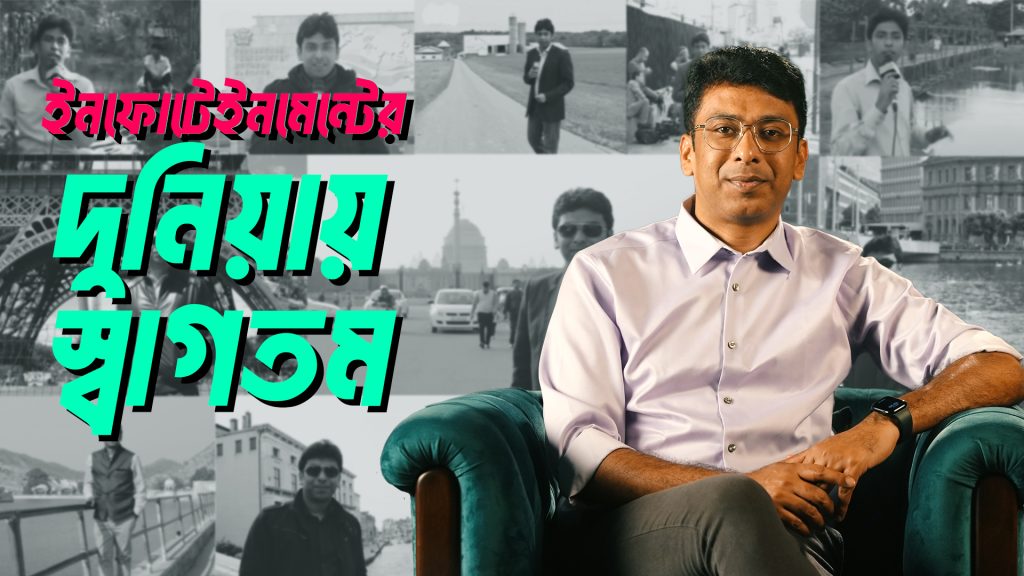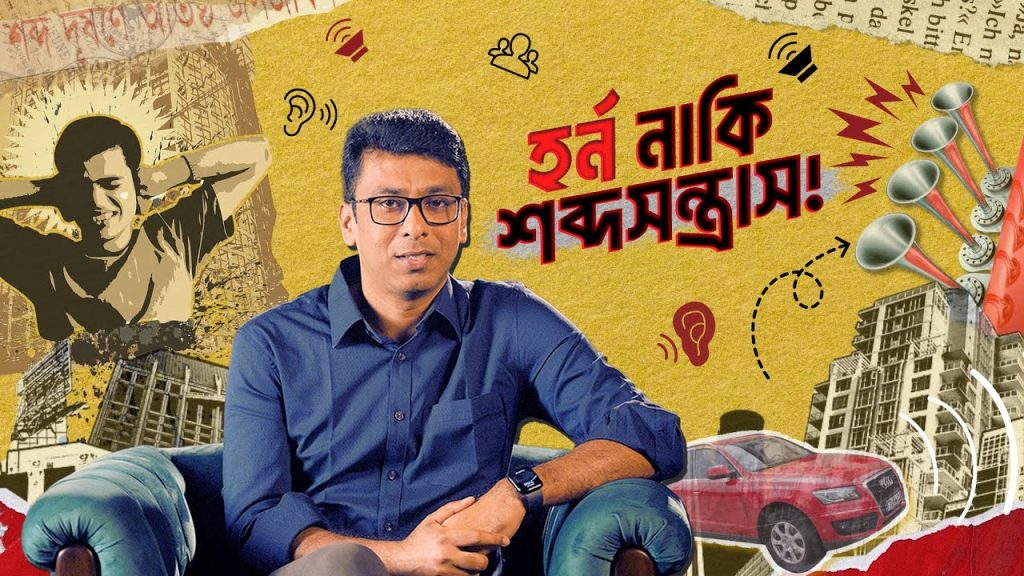History of the Party symbol. . .
Greetings to all.
Boat, grain of rice, plough. Hearing these three words, what is spinning in your head? If I am not mistaken, everyone is thinking something else than the literal meaning of these three words. I mean, this video is about what comes out of our mind when we say the party symbol of the election. Let’s see the history and context of the emergence of the election symbols of the political parties of the country and abroad.
Another question for you, what do voters see on the ballot paper on Election Day? Candidate’s photo or party symbol? The answer to all is surely a symbol. Then you understand – the party symbol is not a small matter. This symbol is a witness to the long journey of political parties.
The beginning is with our Bangladesh. Since the days of Pakistan, elections have been held with the symbols of boats, rice grains and plows. The context of the first of these three symbols i.e. Awami League’s boat symbol is the oldest. From the election of the Zuktofront. Originally: United Front was formed on December 4, 1953 by Awami Muslim League, Krishak Shramik Party, Pakistan Gonotontri dol and Pakistan Khilafat Party. And this United Front was the first to start the election campaign with the boat symbol in the 1954’s election.
Awami League under the leadership of Bangabandhu Sheikh Mujibur Rahman won the boat symbol in the 1970’s election. Since then the party has been choosing the boat symbol. What is the reason for choosing the boat as a symbol? Let’s answer that question.
According to historians, there was no way of transportation in Bengal at that time except by river. Singing was going on in the boat sailing on the river. Traditionally, this image is embedded in the minds of the people of the entire region. Historians, however, believe that the then Awami League leaders – Bangabandhu Sheikh Mujibur Rahman, Tajuddin Ahmed and Maulana Bhasani came from the village. And boats were part of rural life at that time. That’s why they chose the boat as a symbol of election.
Let us explain how the grain of rice is the symbol of BNP. In 1979, the founder of the party, Ziaur Rahman, used a grain of rice as the party symbol of BNP for the first time in the second parliamentary election of independent Bangladesh. However, during the Pakistan era, the National Awami Party-NAP, led by Maulana Bhasani, had a grain of rice as its symbol. Later, when a large section of NAP joined the BNP, the party chose the grain of rice as its symbol. According to media reports, the then leaders of BNP chose a grain of rice from the idea of choosing a symbol of universal village Bengal like a boat.
The plow was the symbol of Peasant Party formed by AK Fazlul Haque in undivided India at Sher-e-Bangla. Later this symbol was taken by Ataur Rahman Khan’s Jatiya League. In the 1970 elections, the party also elected with this symbol. However, the plow symbol later became the symbol of HM Ershad’s Jatiya Party. When Ataur Rahman Khan, HM Ershad became Prime Minister. Then Jatiya Party took the plow symbol from him.
Indian parties like Congress, BJP have changed their symbols several times. The first symbol of the Congress was a pair of oxen and a yoke. Cow and calf became the symbol of Indira Gandhi’s Congress after the breakup of Congress. In 1977, their permanent symbol became the hand.
The history of the ruling BJP’s symbol is also very similar. When the BJP was a Jan Sangh party, their symbol was a hand lamp. After merging with the Janata Party in 1977, the party chose the farmer with the plow shoulder as its symbol. And in 1980, the permanent symbol of BJP became the lotus.
Let me tell you an interesting thing about the party symbols of the United States.
Everyone knows more or less, the party symbol of the Democratic Party of the United States is the donkey. On the other hand, the Republicans’ trademark is the elephant. The history of these two symbols is more than 150 years old. Cartoons were very popular in the country in the 19th century. Cartoons were regularly printed in newspapers and magazines. It is said that both the donkey and elephant symbols come from cartoons. However, both symbols were popularized by a cartoonist named Thomas Nast. In 1960, Abraham Lincoln from the Republican Party was elected for the first time with the elephant symbol.
On the other hand, in 1828, Andrew Jackson became the presidential candidate of the Democratic Party. During elections, political opponents used to call him ‘Jack Ass’ which means donkey. At that time, a cartoonist drew a cartoon with Jackson’s head on the body of a donkey, which became very popular. Andrew Jackson, the seventh president of the United States, chose that donkey as his election symbol.
The British system is different. In elections they brand the party with a specific color instead of a symbol. Voters recognize the party and candidate by seeing that particular color. For example, the party color of the Conservative Party is blue. And the history of blue color is very old. They chose the blue color from the color of the UK national flag. Again, the party color of the Labor Party is red. The left-wing Labor Party has been branding the party with this color since the French Revolution. Also in the country, the Scottish National Party uses yellow and the Liberal Democrats use orange.
Let me briefly tell you how the symbol came into the election. In fact, illiteracy has a relationship with election symbols. Since the introduction of electoral system in almost all countries, educated people were less. Then it becomes a matter of concern if you do not know how to read the name of the party or the name of the candidate, how will people vote? From that thought, all the easily recognizable objects on the ballot began to be used as symbols. Election Commission takes care of another thing regarding symbols. It is easy to draw. And that’s why in most countries’ symbols are given in black and white. Therefore, candidates can easily draw or print.
No matter how much the party symbol represents the party, the responsibility of protecting the image lies with the politicians of that party.
Thanks everyone. Stay healthy, stay well.

